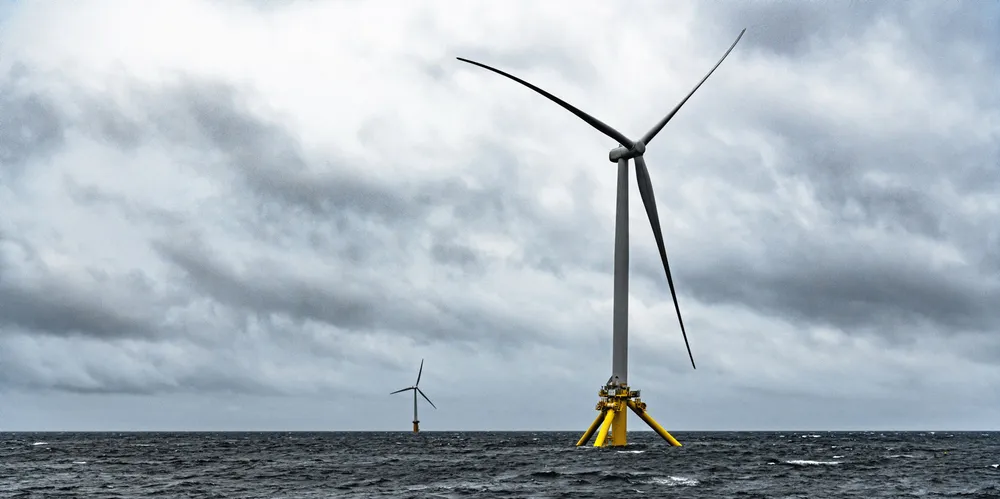North Sea floating wind vanguard opts for 'industrialisation enabling' Stiesdal platform
Pentland Floating Offshore Wind Farm developer chooses innovative tubular steel design from industry pioneer Henrik Stiesdal for landmark 100MW array in deep waters off Scottish Highlands

The floating wind farm on track to be the largest in the world when it comes online in 2026 will be built using the next-generation platform design from Stiesdal Offshore now being prototyped in the North Sea, following the signing a deal by project consortium Highland Wind.
The Pentland Floating Offshore Wind Farm (PFOWF), being built 7.5km off the coast of Dounreay in the Scottish Highlands in waters as deep as 100 metres, will use a variant of Stiesdal Offshore’s TetraSpar concept called the TetraSub for the 100MW project, which will power 70,000 homes once fully operational.
“The objectives of Pentland are to demonstrate new floating wind technologies which will enable industrialisation, develop local supply chains and reduce costs, allowing deployment of floating wind in the UK and globally at scale,” said PFOWF project director Richard Copeland.
“For us, the Stiesdal Offshore TetraSub concept ticks all of these boxes,” he stated, specifying “simple modules… which tap into existing highly industrialised steel tubular [and] turbine tower supply chain; fast-assembly jointing technology; and limited requirement for specialist port facilities or infrastructure” as winning the day for the design.
Stiesdal Offshore CEO Peder Riis Nickelsen said: “This project will support us to meet market demands for low-cost and fast deployment of floating wind technology, advancing the next generation of floating offshore wind turbines with capacity of 14MW and more.”
“In addition, PFOWF has been working closely with [business development agency] Scottish Enterprise via its Scottish Development International and Scottish Manufacturing Advisory Service teams and DeepWind Offshore Wind cluster to introduce Scottish companies for supply opportunities at all levels,” he said.
“The TetraSub [as a] semisubmersible variant of the Tetra[Spar] concept... is better suited for the relatively shallow water conditions at [PFOWF] and the marine operations are easier. The last part is very important in the rough waters off the north coast of Scotland,” said Stiesdal.
Scottish Enterprise director of economic opportunities and climate Suzanne Sosna said: “Floating wind presents huge potential not only for Scotland’s economy, but for companies the length and breadth of the country to take advantage of significant manufacturing and supply chain opportunities.
“Scotland can lead the way in floating wind. We look forward to working with developers, manufacturers and industry partners to maximise future opportunities and showcase Scotland’s unique global strengths in this sector.”